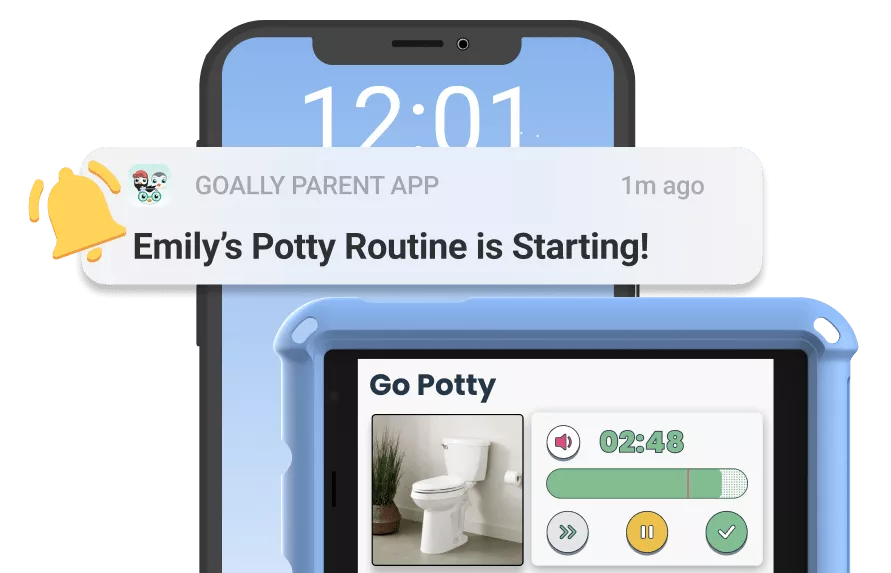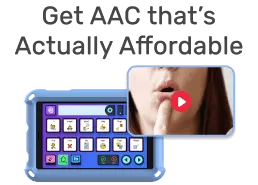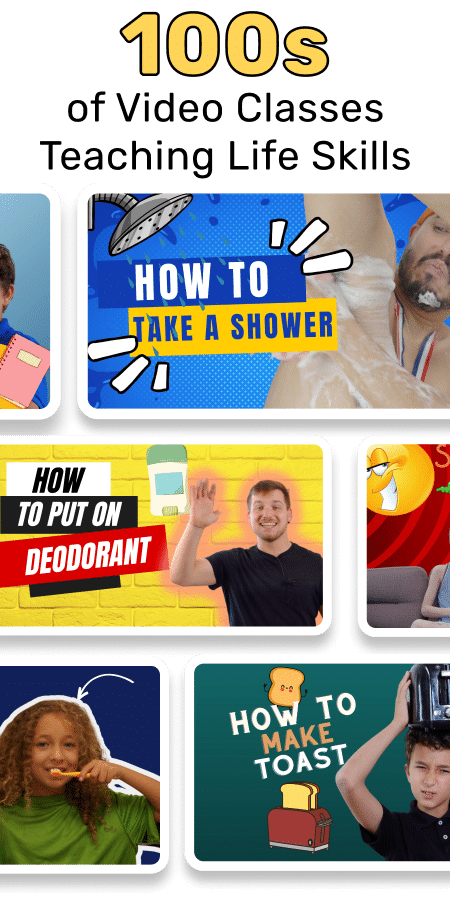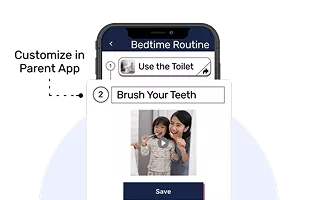Working with kids, I’ve seen firsthand the challenges that children with ADHD face. Calming techniques are vital, and finding effective strategies can truly make a difference. This post covers various tips to help kids manage their emotions, making everyday life smoother for both them and their families. Discover amazing insights and practical advice for calming a child with ADHD without feeling overwhelmed.
Table of Contents
Understanding ADHD and Its Impact on Kids
Before we explore calming strategies, it’s important to understand ADHD and its effect on children. ADHD, or Attention Deficit Hyperactivity Disorder, is a condition marked by inattention, impulsivity, and hyperactivity. These traits can make it hard for kids with ADHD to control their emotions, causing meltdowns and outbursts.
Key Challenges Faced by Children with ADHD
- Difficulty focusing on tasks
- Impulsive behavior
- Hyperactivity and restlessness
- Emotional dysregulation
- Social challenges
Understanding these challenges is the first step in finding effective ways to calm your child with ADHD. With this knowledge, you can tailor your approach to meet their unique needs.
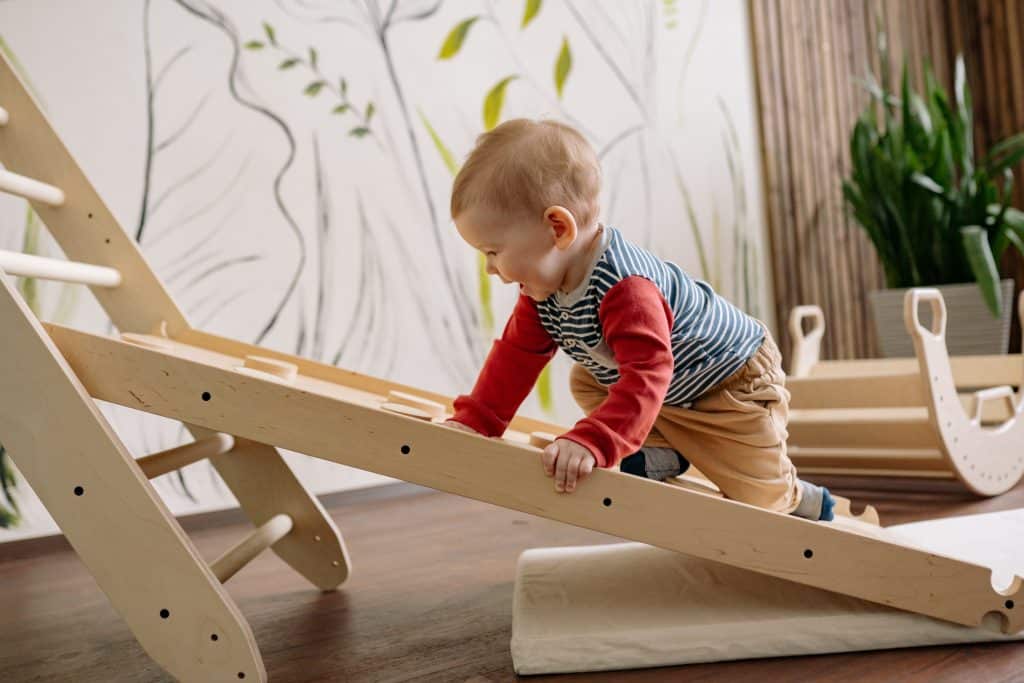
Read more: Calm Down Strategies for Kids
How Do You Calm a Child with ADHD? Top Strategies for Parents
Now that we’ve laid the groundwork let’s explore some effective calming strategies for children with ADHD. Remember, every child is different, so be ready to experiment and adapt these strategies to suit your child’s needs.
1. Create a Calm and Structured Environment
One of the best ways to help your child with ADHD feel calm is by creating a structured and predictable environment.
This includes:
- Establishing routines for daily activities
- Minimizing distractions in their living and learning spaces
- Using visual aids like charts and calendars to help them stay organized
Goally can be a great tool to help create this structured environment. With its customizable features, you can design routines and schedules that work best for your child, making their day-to-day life more manageable and less overwhelming.
2. Teach and Practice Relaxation Techniques
Introducing relaxation techniques can be a powerful tool for helping your child manage their emotions.
Some effective methods include:
- Deep breathing exercises
- Progressive muscle relaxation
- Mindfulness and meditation
- Guided imagery
Remember, practice makes perfect. Encourage your kid to practice these techniques regularly to build their emotional regulation skills. You can even join them in practicing these techniques, creating a calming bonding experience for both of you.

Read more: Teaching Kids How to Keep Calm
3. Encourage Physical Activity
Physical activity is not only beneficial for overall health but can also help release pent-up energy and improve mood.
Encourage your child to engage in activities they enjoy, such as:
- Swimming
- Running or jogging
- Yoga or tai chi
- Dancing
- Team sports
Regular physical activity can help your child burn off excess energy, making it easier for them to focus and stay calm throughout the day.
4. Offer Positive Reinforcement and Praise
Positive reinforcement can go a long way in helping your child feel calm and confident.
Be sure to:
- Praise their efforts and accomplishments
- Offer rewards for good behavior
- Encourage them to express their feelings and emotions
Using a tool like Goally can help you track your child’s progress and provide positive reinforcement through customizable rewards and incentives.
5. Seek Professional Help When Needed
If your child’s ADHD symptoms are causing significant distress or impacting their daily life, it may be time to seek help. A mental health professional can provide guidance, support, and additional strategies to help your child manage their ADHD.
Don’t hesitate to reach out to experts, as they can offer valuable insights and recommendations tailored to your child’s specific needs.
Try Goally For Your Child With ADHD
Goally helps kids with ADHD stay focused and build skills. Unlike a Kindle or an iPad that kids get easily distracted on, Goally has no YouTube, no social media, no web browser, and especially no ads.
Goally uses game play as a points-based motivator for your kiddo with ADHD and helps them learn emotional regulation skills. It’s simple to set up and has an expert-informed design.
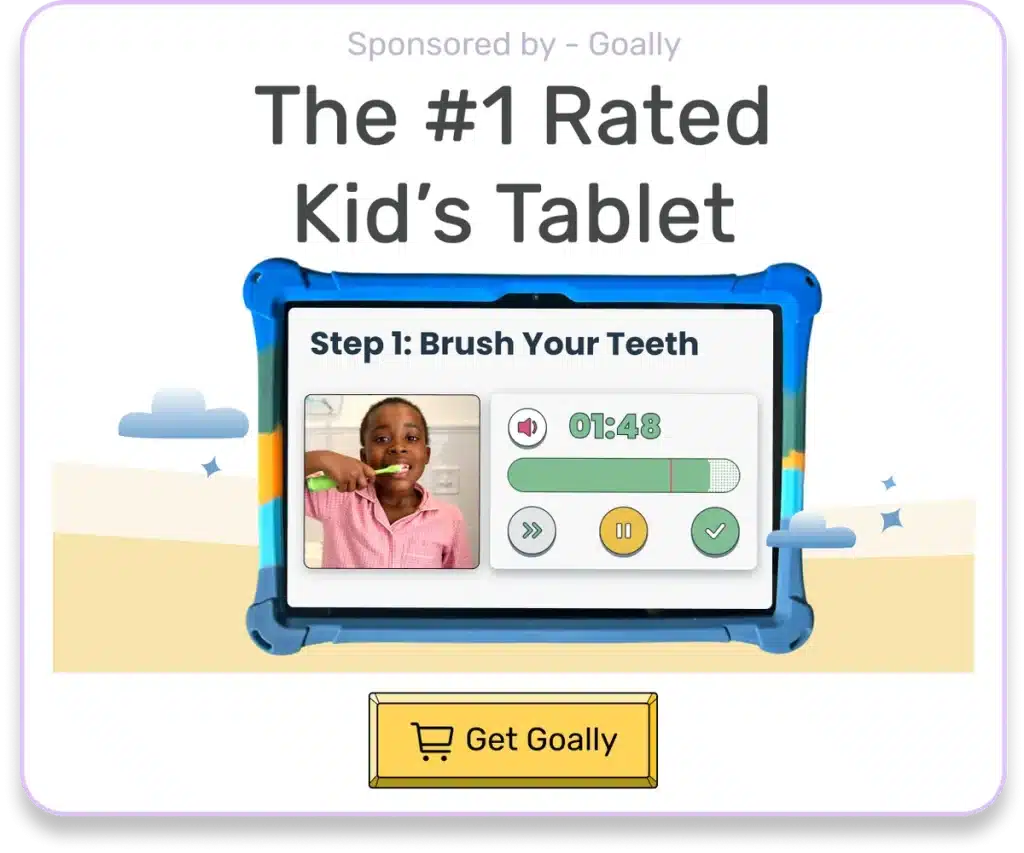
Calming a child with ADHD can be a rewarding experience filled with opportunities for growth. With patience, understanding, and effective strategies, you can positively influence your child’s life. Every child is unique, and discovering what works best for yours can be an exciting journey. Stay open to new approaches and embrace the process as you and your child build this adventure together. With your support, your child can thrive, manage their emotions, and lead a fulfilling life.
Resources:
FAQs About How Do You Calm a Child With ADHD?
What are some calming strategies for a child with ADHD? Deep breathing exercises and mindfulness activities can help. Also, using visual schedules and emotional regulation apps can provide structure and predictability. How can rewards help calm a child with ADHD? Rewards can motivate children with ADHD to practice self-control and calming techniques. They provide positive reinforcement for desired behaviors. Can physical activity help calm a child with ADHD? Yes, regular physical activity can help expend excess energy and promote calmness in children with ADHD. How can parents help their child with ADHD manage emotions? Parents can teach their child emotion regulation strategies, such as identifying feelings and using coping skills. Emotional regulation apps can be a helpful tool.
This post was originally published on 05/08/2023. It was updated on 08/11/2024.

Hennah is an experienced writer and researcher, helping children with autism, ADHD, and other neurodivergent conditions. As a blog contributor for Goally, she combines her deep understanding of neurodiversity with practical advice, offering valuable insights to parents and educators.

